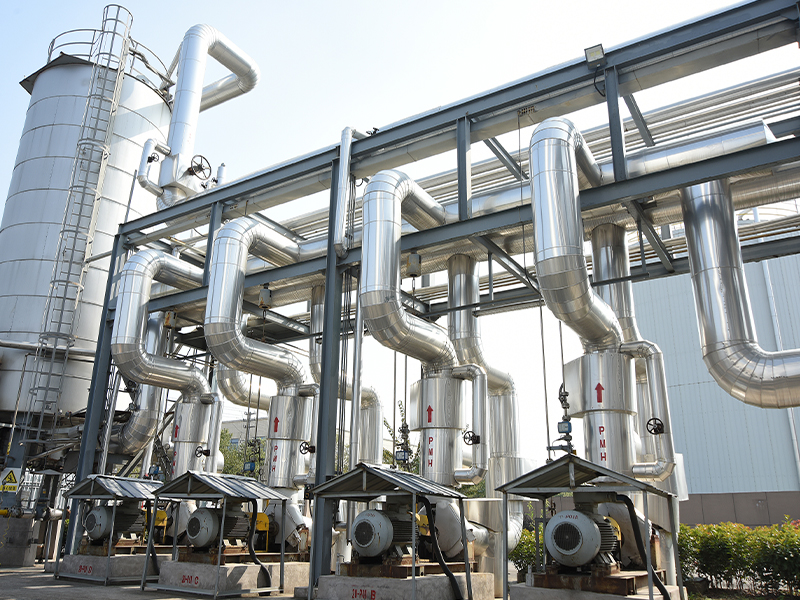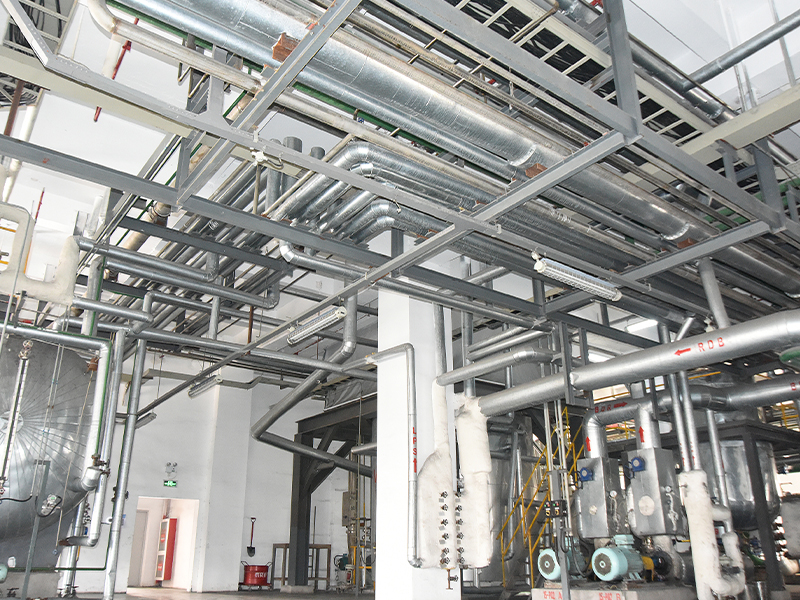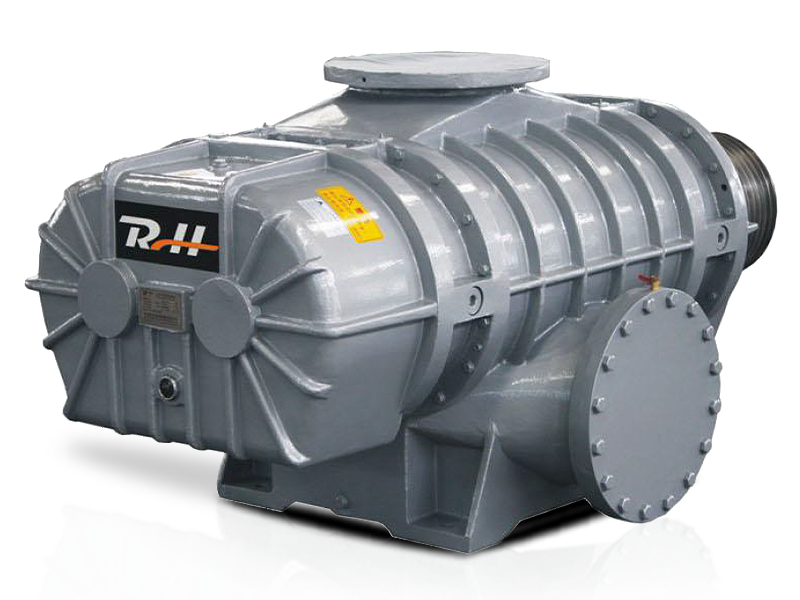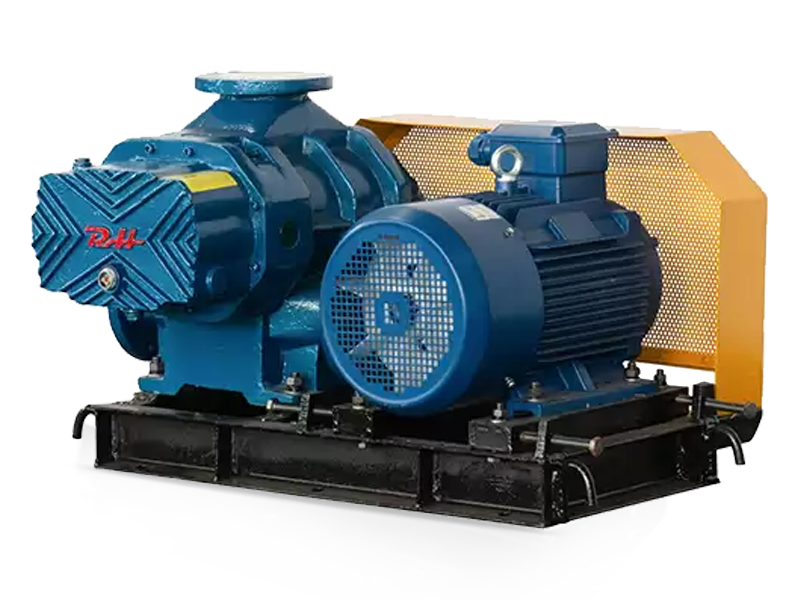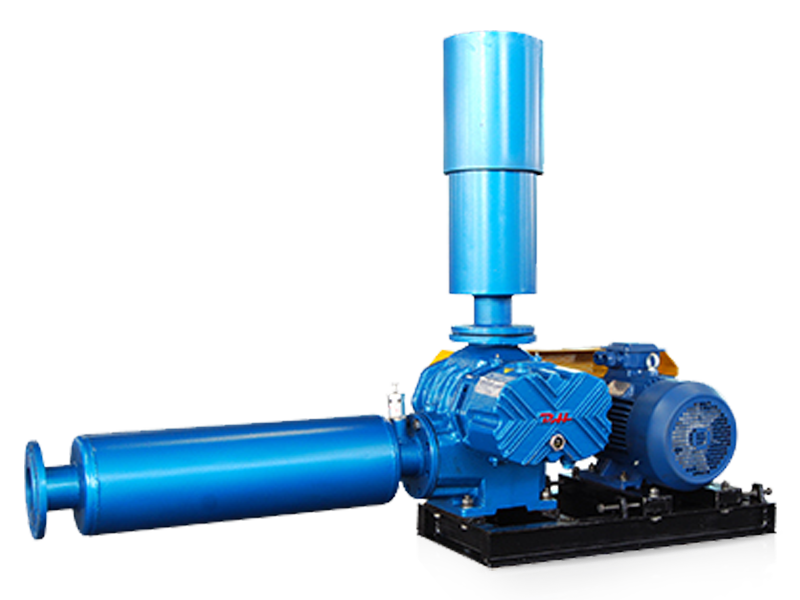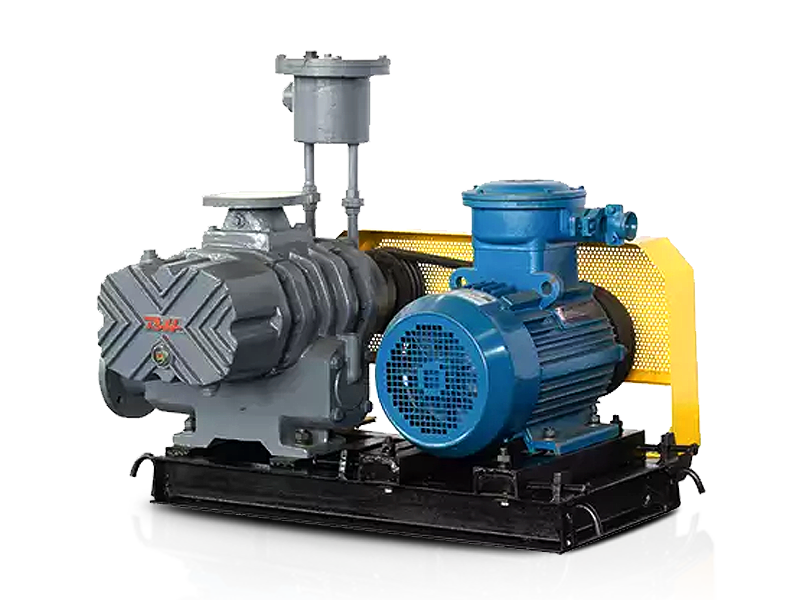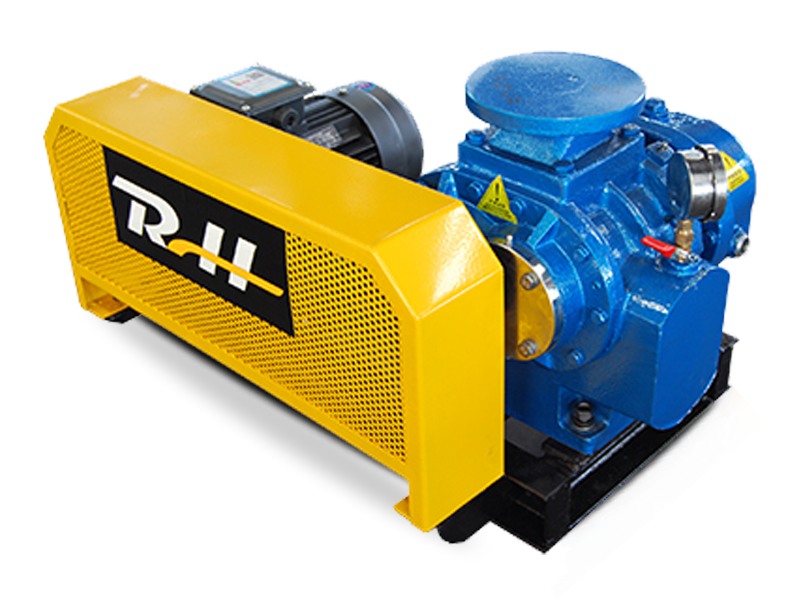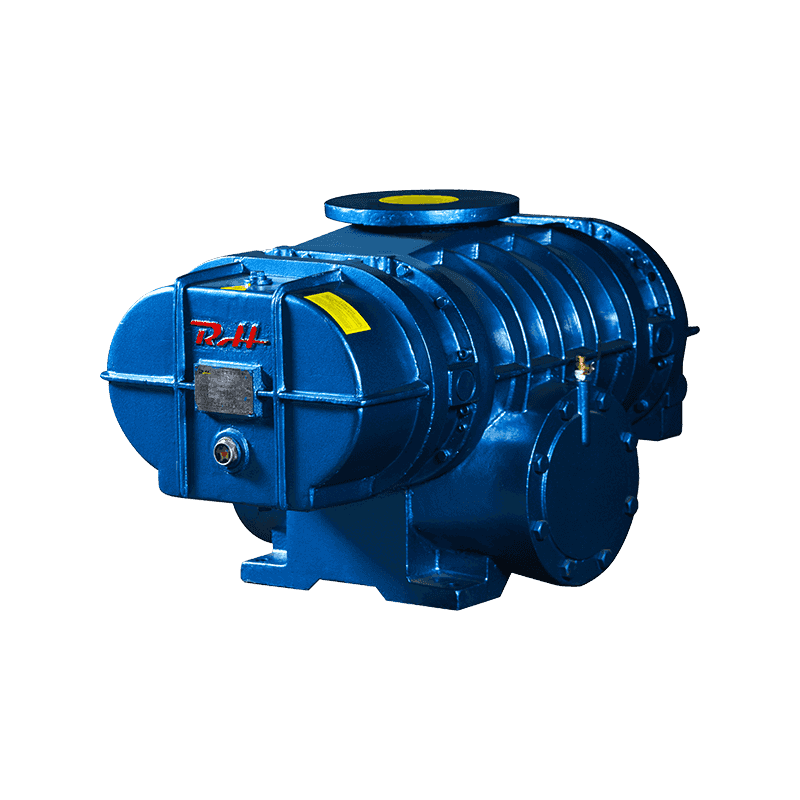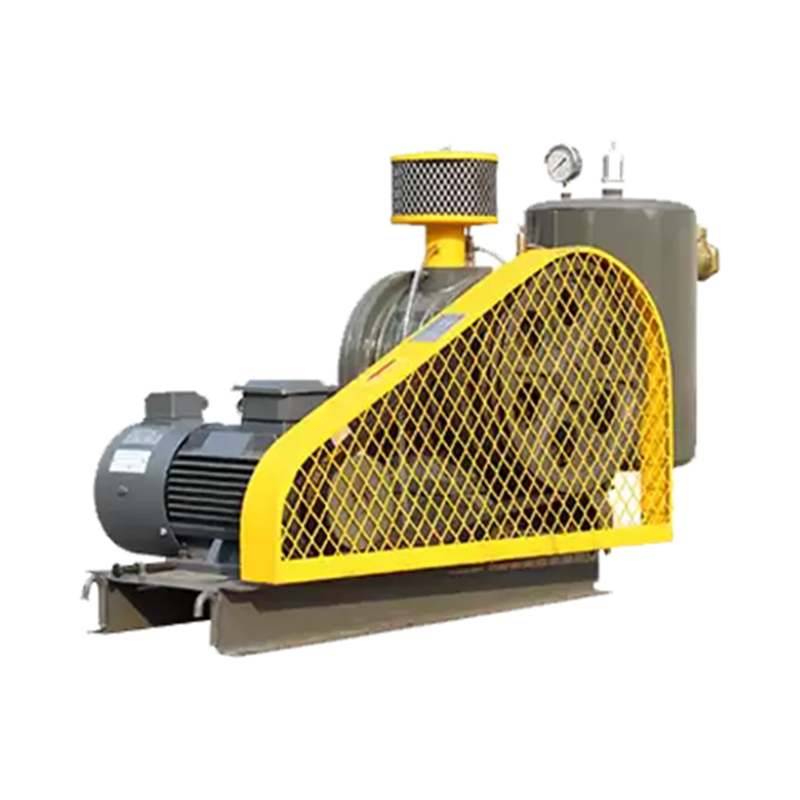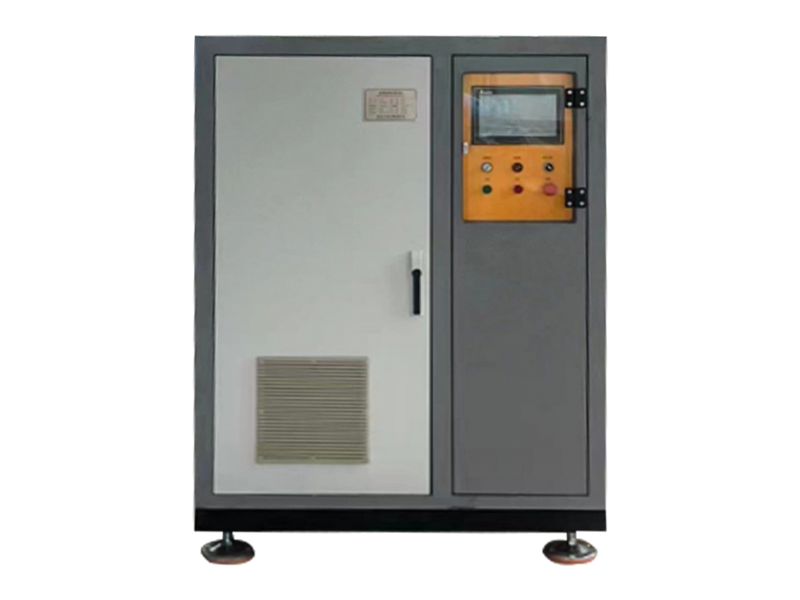For applications demanding high volumes of air or gas at relatively low pressures, few technologies match the robust simplicity and reliability of the Roots Blower. Also commonly referred to as positive displacement blowers or Roots-type superchargers (in automotive contexts), these machines are fundamental components across diverse industrial landscapes. Understanding their design, operation, and ideal use cases is crucial for engineers and operations managers seeking efficient low pressure air movement.
Core Principle: Simplicity in Motion
Unlike centrifugal blowers that accelerate air using an impeller, Roots Blowers operate on a straightforward positive displacement principle. Imagine two identical, lobed rotors (typically two or three lobes) meshing closely within a precisely machined chamber. As these rotors counter-rotate:
Intake: Air or gas enters the chamber as the lobes rotate away from the inlet port, creating an expanding volume.
Trapping: The lobes mesh at the inlet, trapping a pocket of air/gas between the rotor lobes and the housing wall.
Transfer: The trapped pocket is carried around the circumference of the chamber, isolated from both inlet and outlet.
Discharge: As the rotors open towards the outlet port, the trapped pocket is forced out into the discharge line.
This action creates a pulsating, almost constant flow rate directly proportional to the blower’s speed, largely independent of the discharge pressure (within design limits). This pulsating flow characteristic is a key identifier of Roots technology.
Key Advantages: Where Roots Blowers Excel
High Volumetric Flow: They excel at moving very large volumes of air or gas, making them ideal for bulk handling applications.
Relatively Constant Flow: Flow rate is primarily speed-dependent, offering predictable performance against varying back pressures (up to their maximum pressure rating, typically around 0.5-1.2 bar or 7-17 psi gauge).
Oil-Free Operation: In their basic configuration, the rotors don’t make contact with each other or the casing, relying on tight clearances. This allows for oil-free air delivery, critical for food processing, pharmaceuticals, and electronics manufacturing.
Robustness & Simplicity: Few moving parts and a rugged design contribute to high reliability, durability, and lower maintenance needs compared to more complex compressors.
Good Tolerance for Particulates: While not designed as dust pumps, they generally handle small amounts of entrained particulates better than screw compressors or high-speed centrifugals, making them suitable for pneumatic conveying systems and some industrial vacuum systems.
Bi-rotational: Most designs can run in either direction, simplifying installation and piping in some cases.
Common Industrial Applications (High-Volume, Low-Pressure Needs)
Roots Blowers are the backbone of numerous processes requiring significant air or gas movement without high compression:
Wastewater Treatment: Essential for aeration in activated sludge plants, providing oxygen for microbial breakdown of organic matter. This is arguably their largest application globally.
Pneumatic Conveying: Transporting powders, granules, pellets, and other dry bulk materials through pipelines using air as the conveying medium. Ideal for cement transfer, fly ash handling, grain conveying, and plastic pellet transfer.
Industrial Vacuum Systems: Generating vacuum for central systems in foundries (sand handling), packaging lines, or material loading/unloading (industrial vacuum pumps).
Combustion Air Supply: Providing high-volume air for burners in furnaces, kilns, and boilers.
Biogas/BioGas Transfer: Moving raw or upgraded biogas in anaerobic digestion plants and landfill gas recovery systems (biogas transfer blowers).
Aquaculture: Aerating large ponds and fish farms.
Chemical & Process Industries: Gas circulation, reactor aeration, flue gas recirculation, and fluidizing beds.
Printing & Paper: Drying processes and pressurization.
Automotive (Supercharging): Forcing more air into internal combustion engines to boost power (Roots-type superchargers).
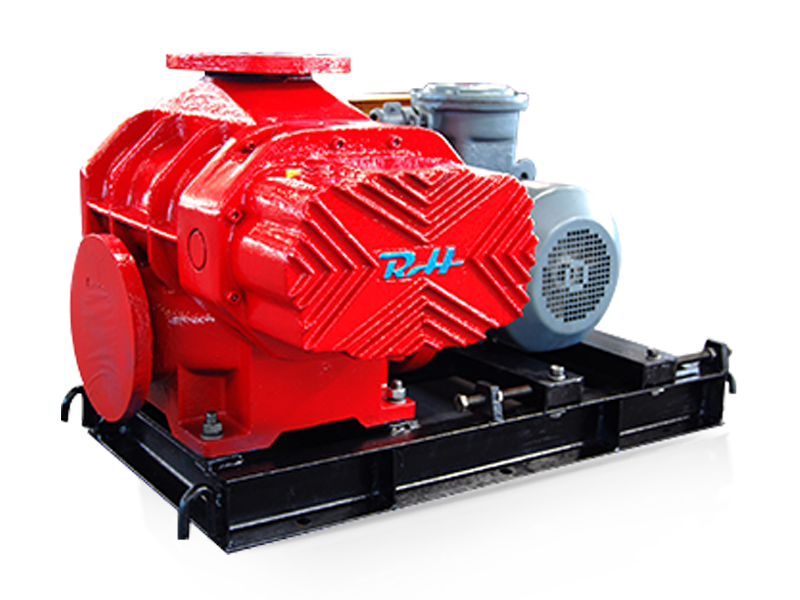
Roots Blower vs. Centrifugal Blower: Key Differences
Choosing the right technology hinges on understanding their distinct operating characteristics:
| Feature | Roots Blower (Positive Displacement) | Centrifugal Blower (Dynamic) |
| Operating Principle | Traps and displaces fixed pockets of air | Accelerates air using high-speed impeller |
| Flow Characteristic | Relatively constant flow, pulsating output | Smooth output, flow varies significantly with pressure |
| Pressure Characteristic | Flow less affected by discharge pressure (within limits) | Flow highly sensitive to discharge pressure; small pressure increase causes large flow drop |
| Efficiency | Generally highest at/near design pressure | Highest efficiency over a wider flow range at a given speed |
| Oil-Free Air | Yes (inherent in standard design) | Often requires complex seals or oil-lubricated gears |
| Noise Level | Higher (characteristic whine/pulsation) | Lower (typically broadband whoosh) |
| Maintenance | Generally simpler, fewer wear parts | Can be more complex (bearings, seals, gears) |
| Ideal Pressure Range | Low Pressure (e.g., 0.2 - 1.0 bar / 3 - 15 psi) | Low to Medium Pressure (can reach higher pressures) |
| Best For | Constant volume needs despite pressure changes | Variable volume needs, higher pressure |
Important Considerations & Limitations
Pressure Capability: Roots blowers are low pressure machines. Attempting to operate significantly above their design pressure drastically increases power consumption, heat generation, and wear.
Noise & Pulsation: The inherent pulsating flow and meshing rotors generate significant noise, often requiring silencers or acoustic enclosures (blower noise reduction).
Efficiency Curve: Efficiency peaks near the design pressure point. Operating well below or above this point reduces efficiency. They are generally less efficient than well-matched centrifugal blowers at their optimal point but can be more efficient at constant flow against variable pressure.
Heat Generation: Adiabatic compression (compression without cooling within the blower itself) generates heat. For higher pressure ratios or continuous duty, inlet filters and aftercoolers are often essential to protect downstream processes and the blower itself.
Precision Required: High efficiency relies on maintaining very tight manufacturing clearances between rotors and casing. Wear over time can reduce performance.
Maximizing Performance and Longevity
Proper Sizing: Match the blower to the actual system pressure drop and flow requirement. Oversizing leads to wasted energy and potential surging; undersizing causes overload.
Filtration: Install high-quality inlet air filters (industrial air blower filters) to prevent abrasive particles from entering and eroding clearances. This is critical for longevity.
Silencing: Factor in appropriate intake and discharge silencers to meet environmental and workplace noise regulations.
Cooling: Ensure adequate cooling, especially for higher pressure applications or hot environments. This might involve ambient air ventilation around the blower or using aftercoolers.
Maintenance: Follow manufacturer recommendations for belt tension (if belt-driven), bearing lubrication (usually grease), and vibration checks. Regularly inspect and replace inlet filters.
System Design: Minimize pressure drops (sharp bends, undersized piping, clogged filters) in the inlet and discharge lines. Use pulsation dampeners if sensitive processes require smoother flow.
Conclusion
Roots Blowers remain indispensable for countless applications demanding reliable, high-volume, oil-free movement of air and gases at low pressures. Their robust, simple design delivers predictable constant flow performance where pressure variations exist. While noise and efficiency limitations exist, understanding their core principles, strengths (like industrial air movers for pneumatic conveying or wastewater aeration), and optimal operating conditions allows engineers to leverage their capabilities effectively. When the requirement calls for moving significant volumes against modest backpressure with unwavering reliability, the Roots Blower is often the technology of choice. Careful selection, proper system integration, and routine maintenance ensure these workhorses deliver efficient service for years.


 русский
русский Español
Español عربى
عربى